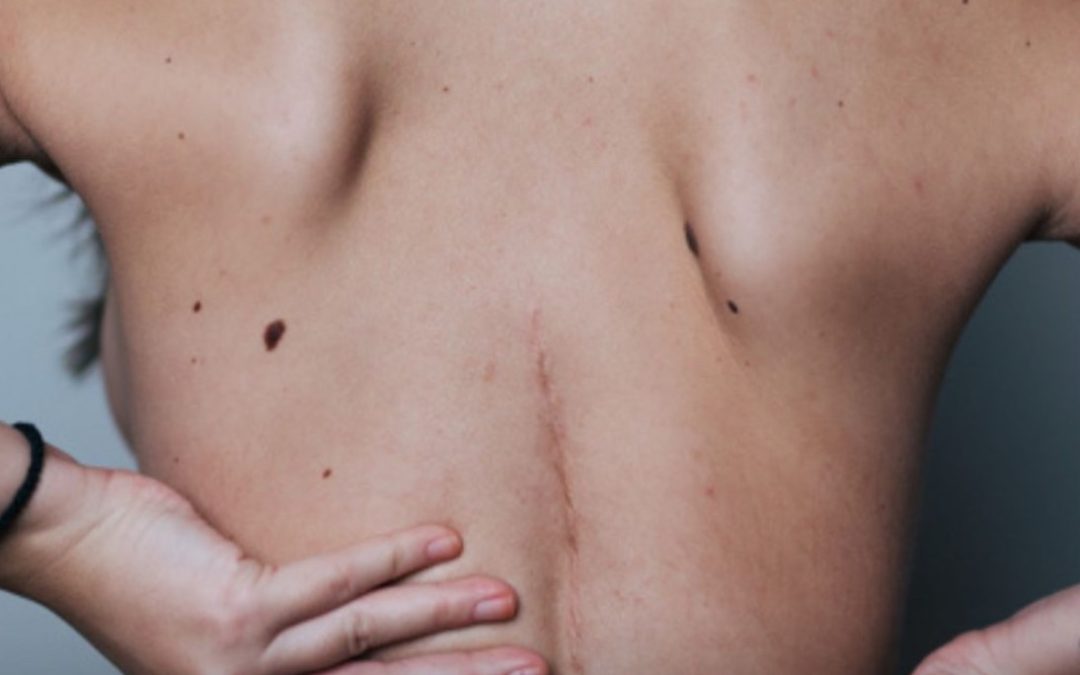What determines a good scar after plastic surgery?
Even the most intelligent patients ask this preposterous question. When a full-thickness injury occurs to the skin or an incision is made, there is always a scar. The question should be, “Will I have a relatively inconspicuous, fine-line scar?”
I often say: I give you a cut, you give me a scar. As a plastic surgeon I know how meticulously execute my technique. Ultimately, however, scar formation is unpredictable even with meticulous technique.
The scar can take up to two years to mature. The final appearance of a scar depends on many factors:
- differences between individual patients
- the type of skin and location on the body
- individual’s genetics and skin type
- compliance with post operative instrictions
- patient’s age and health status
- the tension on the closure
- the direction of the wound
Rules are made to be broken, however, and an occasional patient will develop a scar that is not characteristic of his or her skin type.
Certain anatomic areas tend to produce unfavorable scars that remain hypertrophic or wide. The shoulder and sternal area are such examples.
Elective incision or the excision of lesions is planned when possible so that the final scars will be parallel to the relaxed skin tension lines.
Other issues, which are not related to the scar itself but to perception, determine if a scar is noticeable. An incision in the mid cheek or mid chin or tip of the nose will always be more conspicuous.
Although scars cannot be removed, there are many different treatments to reduce the appearance of scars.

Recent Comments